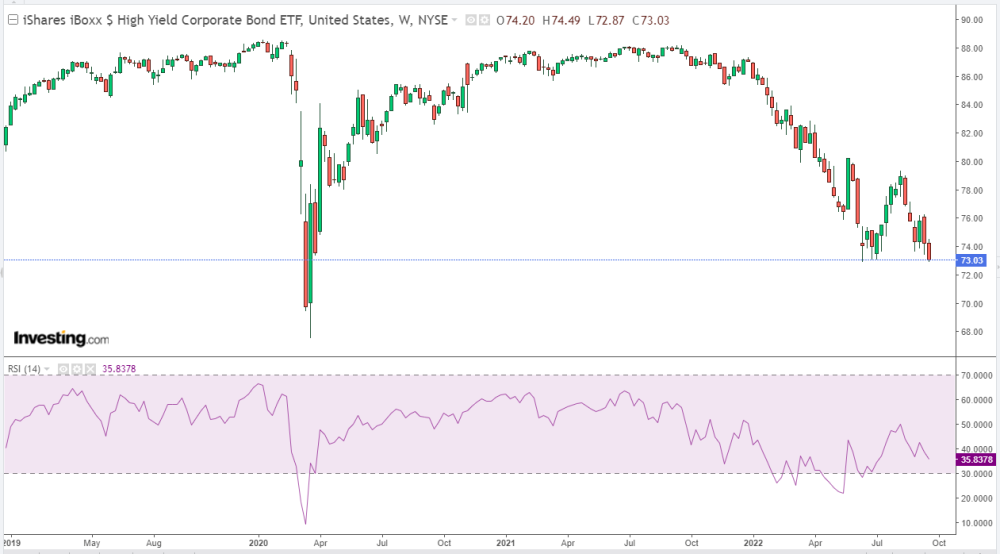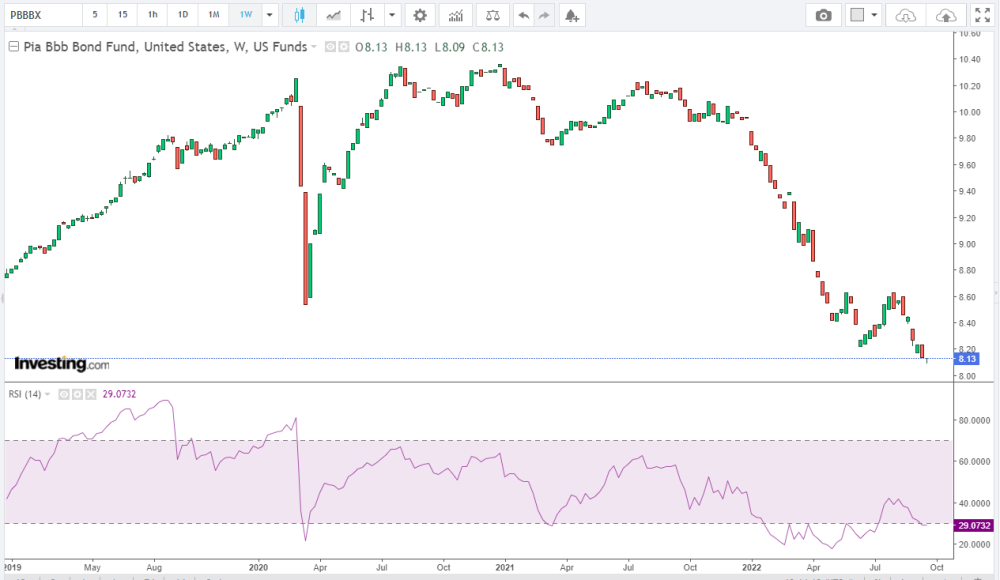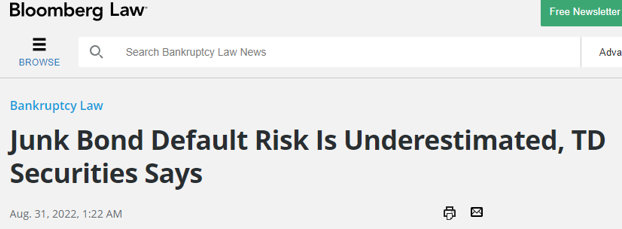Did you know you can get the Sprott Money Weekly Wrap Ups, Ask The Expert,
special promotions and insightful blog posts sent right to your inbox?
Sign up to the Sprott Money Newsletter here.
Almost everything but the dollar, real yields, and the Fed’s hawkish monetary policy, which are all connected, suggests Gold and Silver are going much higher in price. If and when the Fed pivots, the fuel for a massive rally in precious metals and miners will ignite. Until then, the risk remains down.
The Fed followed through with its intention to raise the Fed Funds rate another 0.75% yesterday and said rates would continue to rise into 2023, all to conquer inflation. My expectation is that inflation is going to fall sharply in the next few months due to the strong dollar’s impact on import prices, the lagged effect of much lower commodity prices, and the need for retailers to clear massive inventories at bargain basement prices. This could cause the Fed to at least pause and perhaps reverse course.
Another theory is that the Fed will keep raising rates “until something breaks”. Not only do I agree with this, I believe I have found the perfect candidate: Junk Bonds. Specifically, debt issued against leveraged loans. Leveraged loans are senior secured debt that low credit corporate borrowers use to raise capital. They are typically variable rate loans. Then they are packaged (securitized) into bonds, much like mortgage-backed securities, and sold on the open market. Courtesy of the Fed’s sizeable and rapid rate hikes, the interest cost on these bonds has soared for these relatively weak borrowers. On top of that, given the economic slowdown that such rate hikes have contributed to, revenues are falling at the same time that inflation is causing operational costs to soar. Simply put, these already weak companies are getting squeezed on both sides of their businesses and are now required to pay as much as three times their original interest costs and climbing. It is no surprise then that defaults in the sector are soaring.
This is Fitch’s recent description of what is happening in the Leveraged Loans Debt market:
- "August Default Surge": $6 billion of defaults, the most in a single month since October 2020
- YTD defaults of $17.6 billion, triple that for the same period last year
- Cineworld Looming Default: would be the largest default since iHeart Communications in March 2018
You can see how this is a growing problem. But it is just the tip of the iceberg. Have you watched the movie “The Big Short” on the housing market crash that began in 2005? Are you familiar with the subprime mortgage-backed-security (“MBS”) meltdown that occurred back then? Unless you’ve been on Mars for the past 15 years, the answer is likely a resounding yes.
The problems in the MBS markets began with the lowest rated BB debt. It was a concern, but no alarm bells rang because most considered these bonds to be dog poop, so of course they would fail if there was the slightest wobble in the housing sector. But people didn’t understand that the higher rated MBS bonds were not much better, even some of the AAA-rated bonds. They didn’t understand the extent of the housing market meltdown and that it was affecting most mortgage holders. People saw the value of their home prices drop, their mortgage payments rise, and simply decided to stop paying and walk away from their properties. That’s when the domino effect occurred, when problems in BB debt spread to BBB, then single A, all the way up to AAA. All confidence was lost in the sector, and the MBS market was essentially no bid, no buyers. That’s when the banks buying these instruments got into trouble, and the Fed and the U.S. govt had to step in with bailouts. The point of our walk down memory lane is this: Leveraged loans are today’s BB-rated MBS.
Leveraged loans are the worst of junk bonds, especially because of their variable rate features and extremely poor credit quality. They are the canary in the coal mine, and it looks like the canary is singing. The risks are clearly spreading to the entire junk bond sector…

This is the biggest and most liquid ETF for junk bonds. It just hit a new low today, the lowest level since March 2020. If that doesn’t raise alarm bells, it should.
Perhaps even worse, we are seeing risks spread to investment grade debt. This is a BBB Corporate Bond Fund, PBBBX:

It has already broken its low in March 2020 and is setting lower and lower lows.
Clearly, the risk of another major financial crisis is brewing, starting in the junk bond sector and potentially spreading to the entire corporate bond market. Given the Fed’s plan to continue to raise rates and reduce its balance sheet, this can only get worse, not better… unless the Fed is forced to bail out the corporate bond market, at least the investment grade issues. Sound like the subprime crisis? It should.
A corporate bond crisis is a prime candidate for the “something” that breaks and forces the Fed to reverse to QE on steroids. If and when that happens, the last piece of the puzzle for the rally in Gold and Silver is in place. It’s only a matter of time, imho.
Lastly, my concerns regarding junk bonds are not mine alone. I’ve got some company:



Don’t miss a golden opportunity.
Now that you’ve gained a deeper understanding about gold, it’s time to browse our selection of gold bars, coins, or exclusive Sprott Gold wafers.

About Sprott Money
Specializing in the sale of bullion, bullion storage and precious metals registered investments, there’s a reason Sprott Money is called “The Most Trusted Name in Precious Metals”.
Since 2008, our customers have trusted us to provide guidance, education, and superior customer service as we help build their holdings in precious metals—no matter the size of the portfolio. Chairman, Eric Sprott, and President, Larisa Sprott, are proud to head up one of the most well-known and reputable precious metal firms in North America. Learn more about Sprott Money.
Learn More
You Might Also Like:













Looks like there are no comments yet.